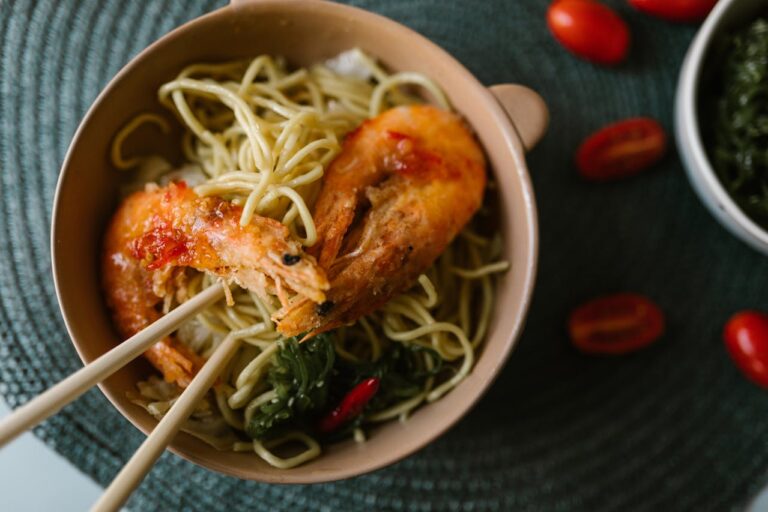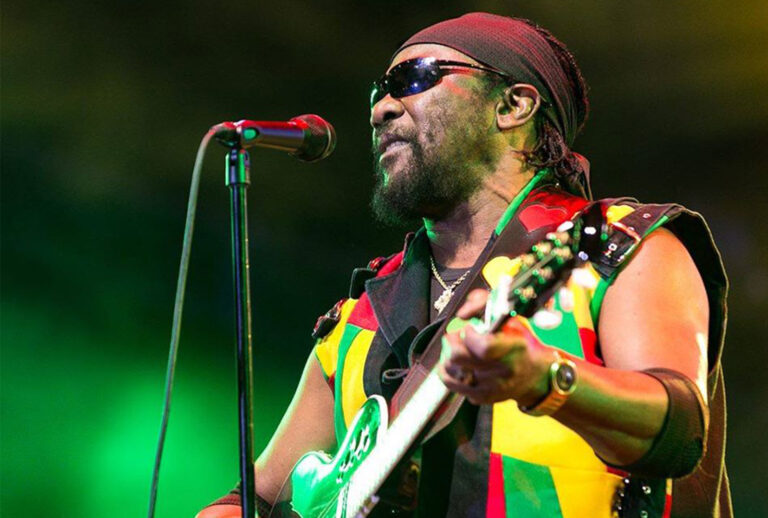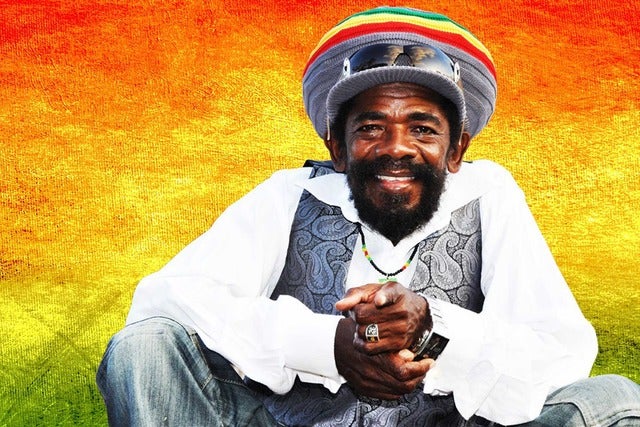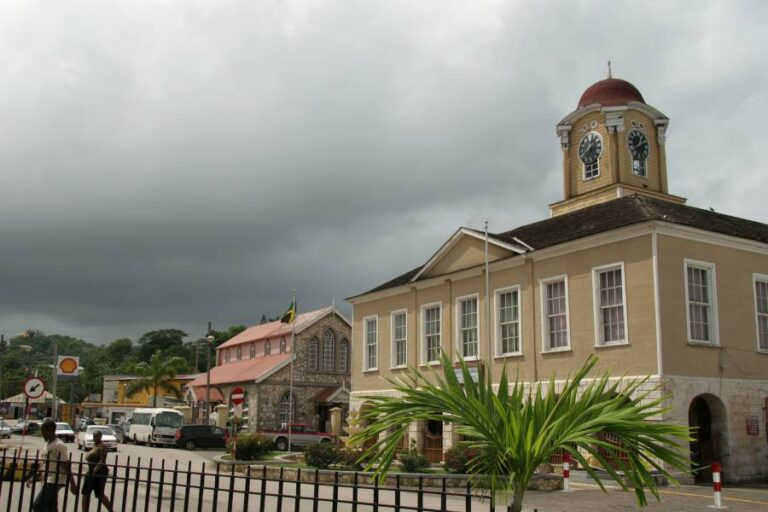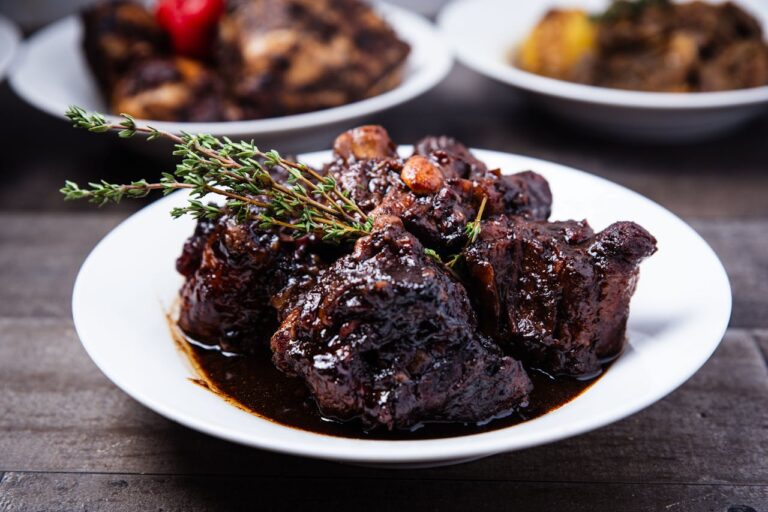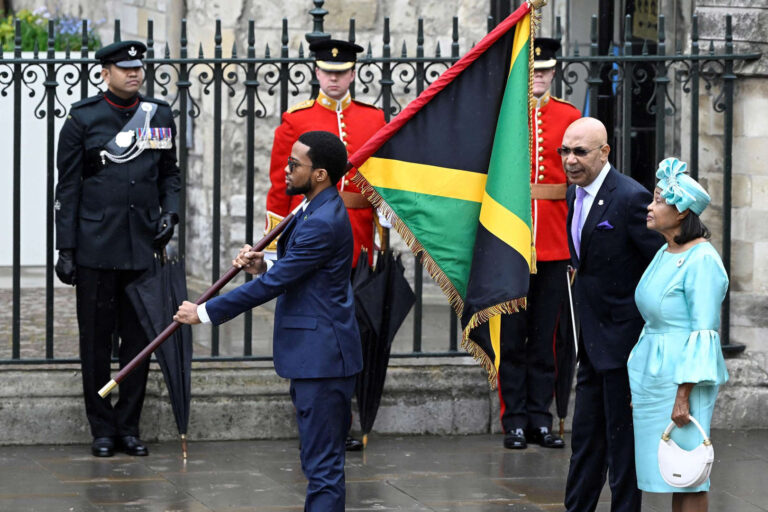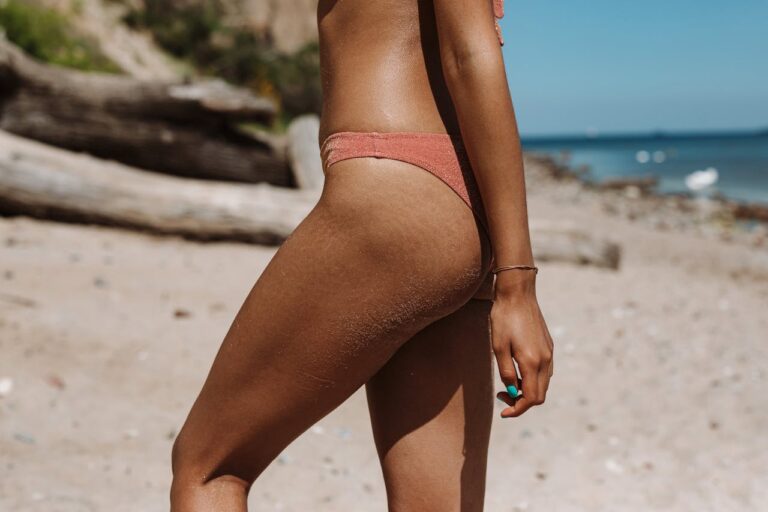If you’ve ever cruised through Falmouth or passed a roadside stall in Jamaica with a pot bubbling over fire and a vendor selling bright red shrimp in clear plastic bags—congrats, you’ve met pepper shrimp, one of Jamaica’s spiciest and most addictive street foods.
These shrimps aren’t for the faint of heart. They’re bold, messy, and loaded with flavor—shells on, fingers burning, and worth every bite.
What Is Jamaican Pepper Shrimp?
Pepper shrimp is a beloved snack in parishes like St. Elizabeth and Trelawny, especially around Falmouth. Sold in simple plastic bags, these shrimps are boiled or sautéed in a spicy mix of Scotch bonnet peppers, garlic, and pimento, often dyed red with annatto or food coloring for that iconic street-style look.
They’re usually made with river shrimp, shells still on, and eaten with your hands. It’s not delicate—it’s delicious.
Ingredients (Serves 2–4)
- 1 lb raw shrimp (shell on, head-on if you want that authentic vibe)
- 2–3 Scotch bonnet peppers (or habanero, if you must), finely chopped
- 4 garlic cloves, minced
- 1 tsp allspice (pimento), crushed
- 1 tbsp paprika (for color) or a dash of annatto
- 2 tbsp white vinegar
- 1 tbsp butter or oil
- 1 tsp salt
- ½ tsp black pepper
- Water (just enough to coat the bottom of the pan)
Optional:
- A pinch of brown sugar (to balance the fire)
- Lime wedges for serving
How to Make It
- Prep the shrimp: Rinse them, but don’t remove the shells. If you’re using frozen shrimp, thaw them first.
- Make the spice mix: In a bowl, combine chopped Scotch bonnet, garlic, crushed pimento, paprika, salt, pepper, and vinegar.
- Cook it down: Heat butter or oil in a deep pan. Add the spice mix and sauté for about 1–2 minutes, stirring constantly—don’t let the garlic burn.
- Add the shrimp: Toss them in the pan and stir to coat. Add just a splash of water to steam them slightly. Cover and cook on medium-high for 5–7 minutes until the shrimp turn pink and are fully cooked.
- Let it soak: Remove from heat and let the shrimp sit for a few minutes so the flavors really sink in. Then serve them up, shells and all.
The Vibe
No forks. No plates. Just a paper towel, maybe a cold drink, and your fingers. That’s how pepper shrimp is meant to be eaten. It’s fiery, flavorful, and straight-up addictive.
Want it milder? Remove the seeds from the peppers or use fewer. Want it even more Jamaican? Serve it in a small plastic bag, just like on the roadside.
Pro Tip: Pepper shrimp gets better as it sits, so feel free to make it ahead and reheat—or enjoy it cold, like the locals do.
Authentic Recipes from Jamaica
Cook delicious, authentic Jamaican food with this easy-to-follow Jamaican cookbook.
Jamaica is the mountainous Caribbean island famed for its coffee and its beaches. But with its abundance of homegrown ingredients and its many cultural influences, it has developed a remarkable cuisine all its own. To visit the Jamaican kitchen is to discover the sumptuous flavors of spicy jerk pork, sweet tropical juices, complex curries and sumptuous desserts.
This cookbook offers the island’s best recipes—both the traditional and the new—from Jamaica’s hottest chefs and restaurants, including Norma Shirley of Norma at the Wharfhouse, Everett Wilkerson of the Sans Souci Lido and James Palmer at Strawberry Hill.
Authentic Recipes from Jamaica presents over 60 full-color recipes with photographs shot on location. Lively essays by food writers John DeMers and Norma Benghiat on the island’s culture and history, explanations of particular ingredients and easy-to-follow recipes make this the most complete guide to Jamaican cuisine you’ll find.
Jamaican recipes include:
- Pepperpot
- Baked Plantains
- Pepper Shrimp
- Ginger Tamarind Chicken
- Spinach Salad with Breadfruit Chips
- Sweet Potato Pone
- Jamaican Limeade


